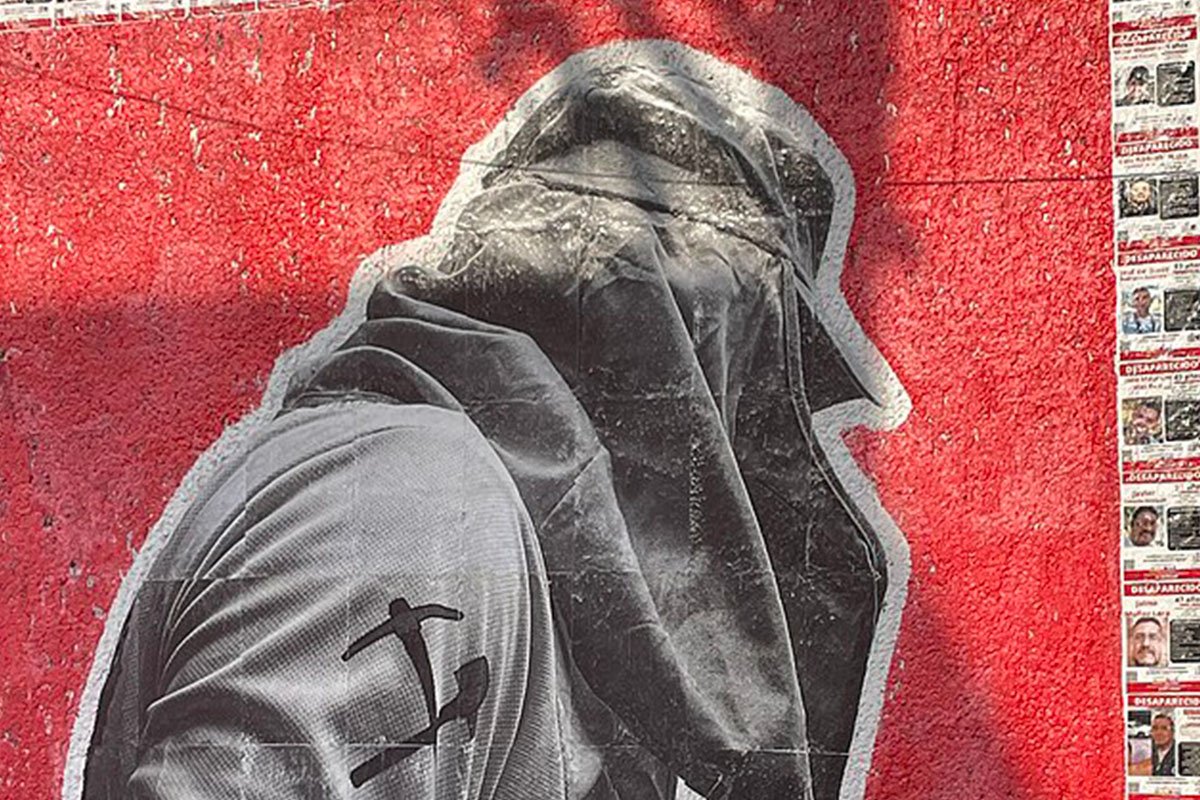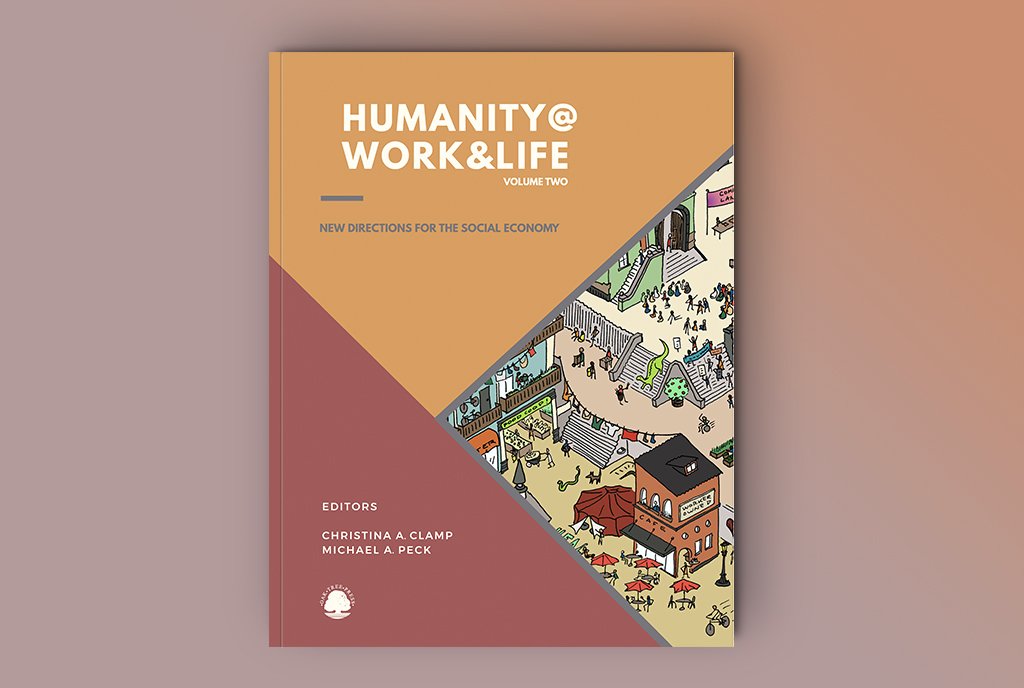
The bad news in US public broadcasting has been relentless.
“Hardly a week has passed this year without a layoff announcement.”
From coast to coast, stations have been announcing layoffs virtually nonstop: 10 percent of the workforce at NPR and 12 percent at Sacramento’s Capitol Public Radio last year; 15 staffers at WAMU in Washington, DC, in February; 15 at Colorado Public Radio in March; 14 at Chicago Public Radio in April; as many as 25 at KQED in the Bay Area in May; 14 percent of staff WBUR and 31 staff members at WGBH, both in Boston, this spring.
As Tom Davidson recently wrote in Editor and Publisher magazine, “Hardly a week has passed this year without a layoff announcement from one public broadcaster or another.”
These layoffs have left dedicated frontline journalists dazed and hurting and looking for work.
“I felt really lucky to get paid to do the thing I loved, making stories about ideas and emotions, stories that I hoped helped our listeners understand how to navigate the world,” said Yowei Shaw, the former cohost of NPR’s science podcast Invisiblia, in a new podcast about her layoff. “I love my team. I love my job. So I knew that getting laid off was going to hurt. But I was not prepared for how much it hurt and for how long the hurt lasted.”
The layoffs are also having a profound impact on the journalists left behind at the stations and on the struggling American journalism industry as a whole.
“I was not prepared for how much it hurt and for how long the hurt lasted.”
“The morale inside the newsrooms is devastated and it’s horrible,” said Robert Hernandez, a professor of professional practice of journalism at the University of Southern California (USC), Annenberg. “I am teaching students and mentoring and doing consulting in industry. I see that impact…and when these folks with these incredible skills go to other industries they get paid a lot more. They are valued more.”
Financial Challenges
But public radio stations are facing steep financial challenges. Their audiences, in particular, are dwindling as the nonprofit and journalism sectors struggle with declining membership and donations in an ever-fragmenting media landscape.
“Public media’s problems parallel those of legacy media more generally—a secular shift to digital platforms plus a cyclical decline in advertising and user revenue,” says Jim Friedlich, CEO and executive director of the Lenfest Institute, a Pennsylvania nonprofit that’s searching for ways to sustain local news organizations. “These challenges don’t mean that the whole of public media is broken, nor that it cannot return to growth or emerge even stronger. To do so, however the public media sector needs to move decisively to engage users digitally, to build new and younger audiences at lower cost, and to generate new streams of revenue, all much easier said than done.”
Friedlich cites a proliferation of podcasts as a partial driver in the decline of public media listenership. Public media, of course, has benefited from the podcast boom, but he notes that “the bigger winners have been the New York Times, Spotify, Amazon, SoundCloud and other large-scale audio services.”
Public radio stations have thus far focused their cost cutting on rank-and-file journalists.
Sign up for our free newsletters
Subscribe to NPQ's newsletters to have our top stories delivered directly to your inbox.
By signing up, you agree to our privacy policy and terms of use, and to receive messages from NPQ and our partners.
At the same time, Friedlich acknowledges that public radio stations are facing much more competition for donors with the growth in other nonprofit news operations.
“Local and national foundations, a traditional source of support for public media, have spread their funds meaningfully across other forms of non-profit local news—such as statewide digital news start-ups or news organizations specializing in investigative news,” he says. “There’s a lot more competition within local news for foundation money. The number of non-profit news ‘mouths to feed’ has grown faster than the available sustenance.”
Meanwhile, he adds, “Non-profits’ membership is down across a number of philanthropic sectors, including public media. Donors have been tighter with their wallets amidst concerns about the economy and inflation. Adding to the strain, many smaller donors can no longer deduct their memberships from their taxes.”
Suffer the Workers
The foundations upon which public radio stations have been built are facing unprecedented challenges.
Yet, in this tortuous environment, public radio stations have thus far focused their cost cutting on rank-and-file journalists—that is, those actually producing journalism. Station executives, who command high salaries, have largely avoided pink slips, sparking some outrage among working journalists.
For example, the Boston Globe reported in June that while WGBH laid off 4 percent of its workforce (and suspended three TV programs with low viewership), “Left untouched were the high salaries received by the 16 top executives at the station, who together earned $5.9 million last year in total compensation.”
The Globe’s story, by reporter Aidan Ryan, quotes an anonymous WGBH employee as saying, “We need to come up with a better business model. I don’t know what a CEO should make, but I know people at the bottom should be making much more.”
Last fall, after WNYC Studios’ parent company, New York Public Radio (NYPR), announced that it would be laying off 12 percent of its staff, the union representing NYPR workers urged the outfit to instead consider pay cuts for executives and senior management as well as buyouts and voluntary cuts in hours. NYPR ultimately laid off 6 percent of its staff—20 employees—and canceled two podcasts, although reportedly the layoffs affected numerous programs.
“I can’t shake the feeling that taken together, they [the layoffs] feel like more than the sum of their parts; that it’s possible that we’re witnessing the last days of WNYC Studios,” wrote audio media reporter Skye Pillsbury in her Substack newsletter The Squeeze in October.
Hernandez, the USC professor, said the pattern of working journalists getting the axe while upper management remains untouched could hurt morale in the business and eventually lead to backlash.
“We look, in America, at someone at the C-level suite and say, ‘Man, they’re there because they’re the smartest people in the room. They deserve that compensation.’ But…I think we’ve hit a turning point,” he said. “Maybe the increase of unions. People are getting more savvy and seeing like that’s a bit of bullshit there. And to start to see that the emperor has no clothes.”











